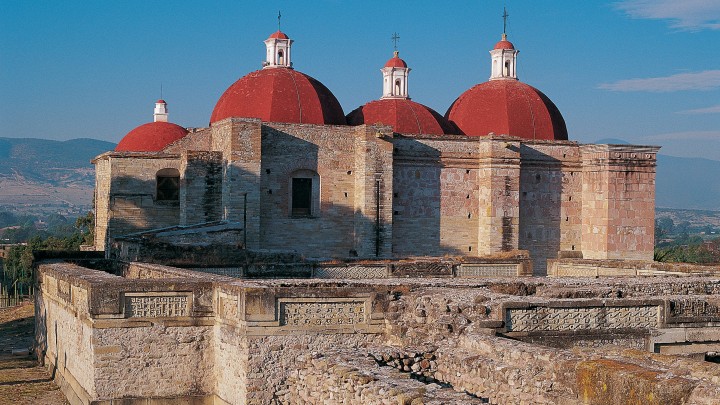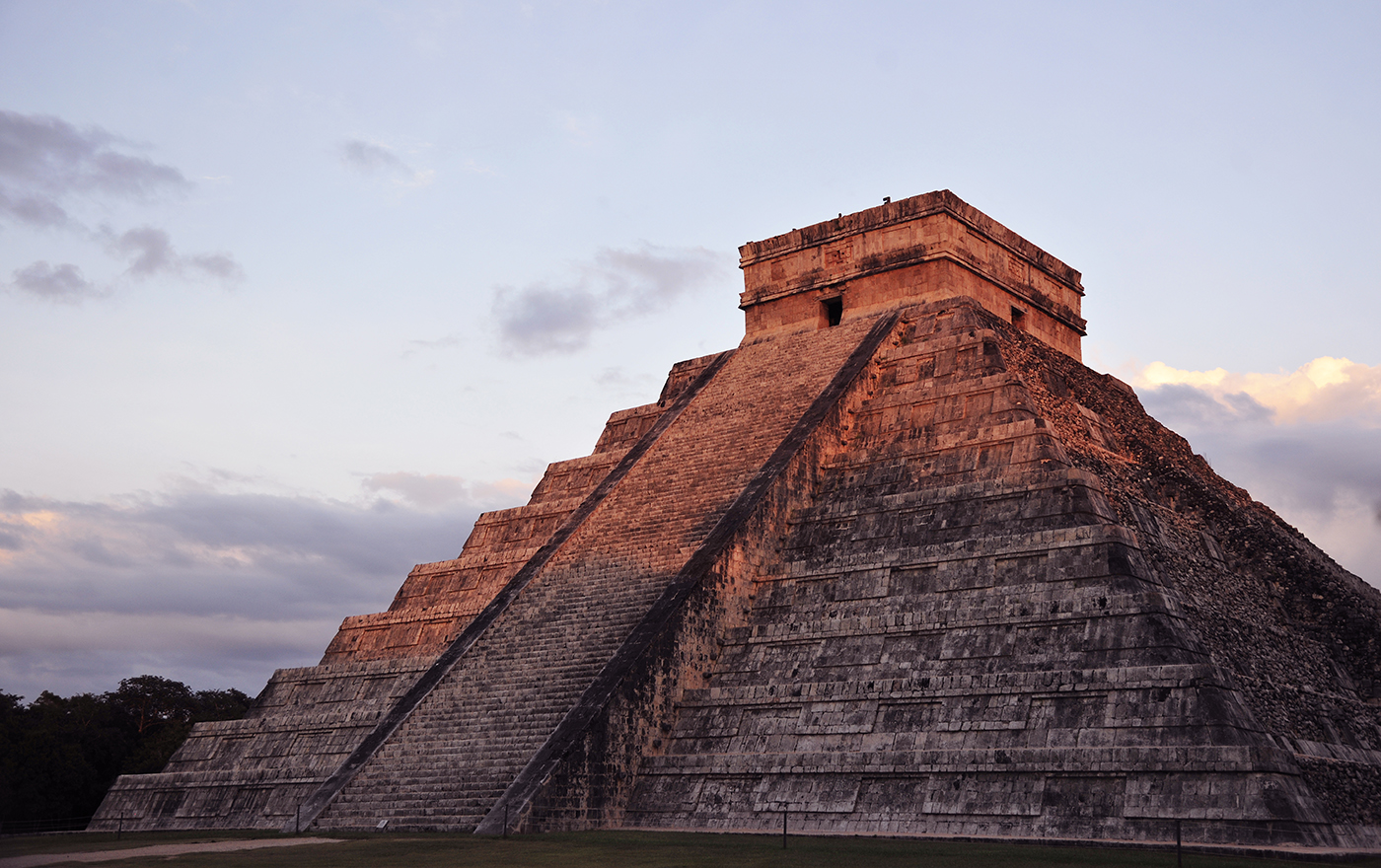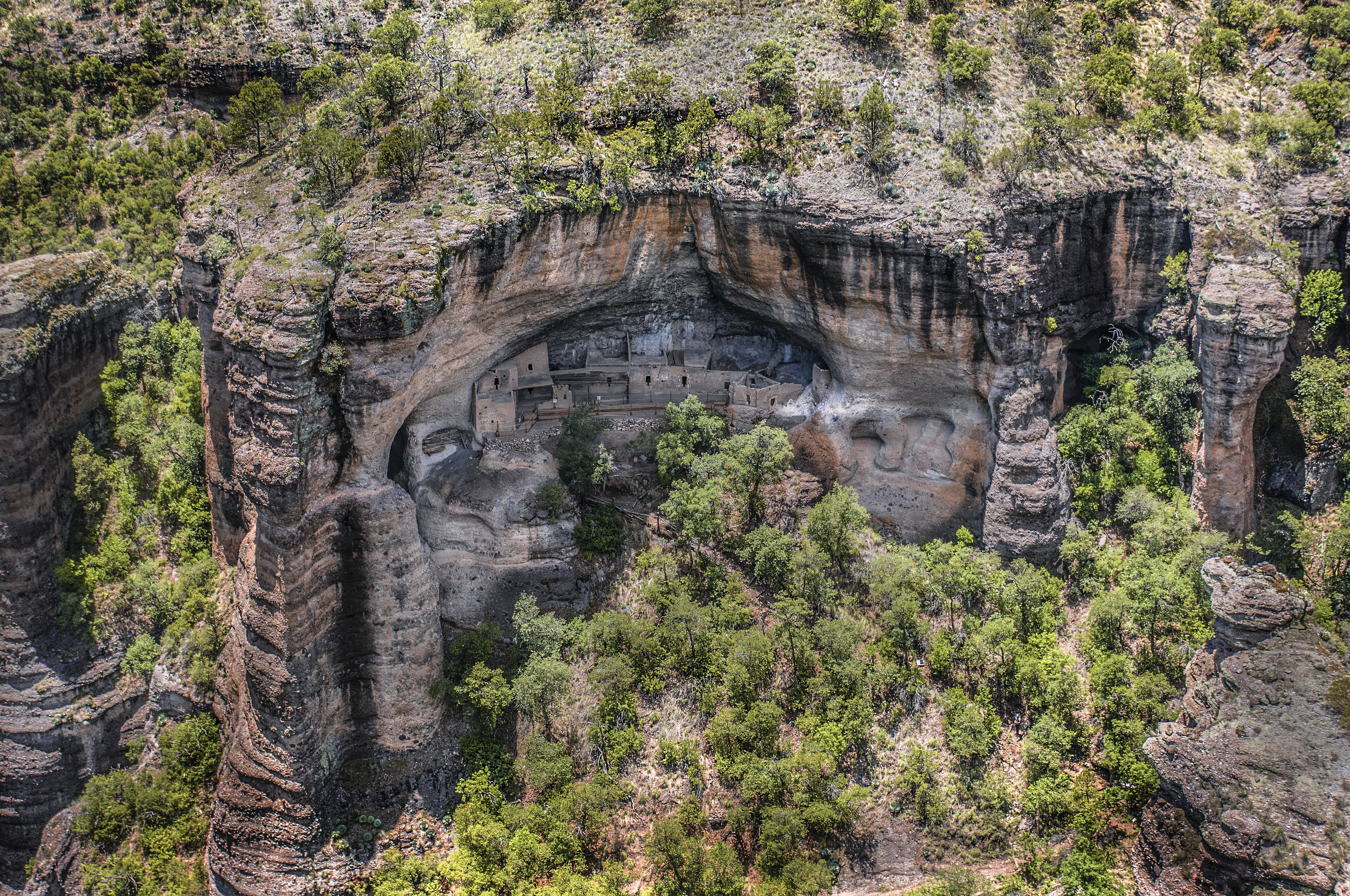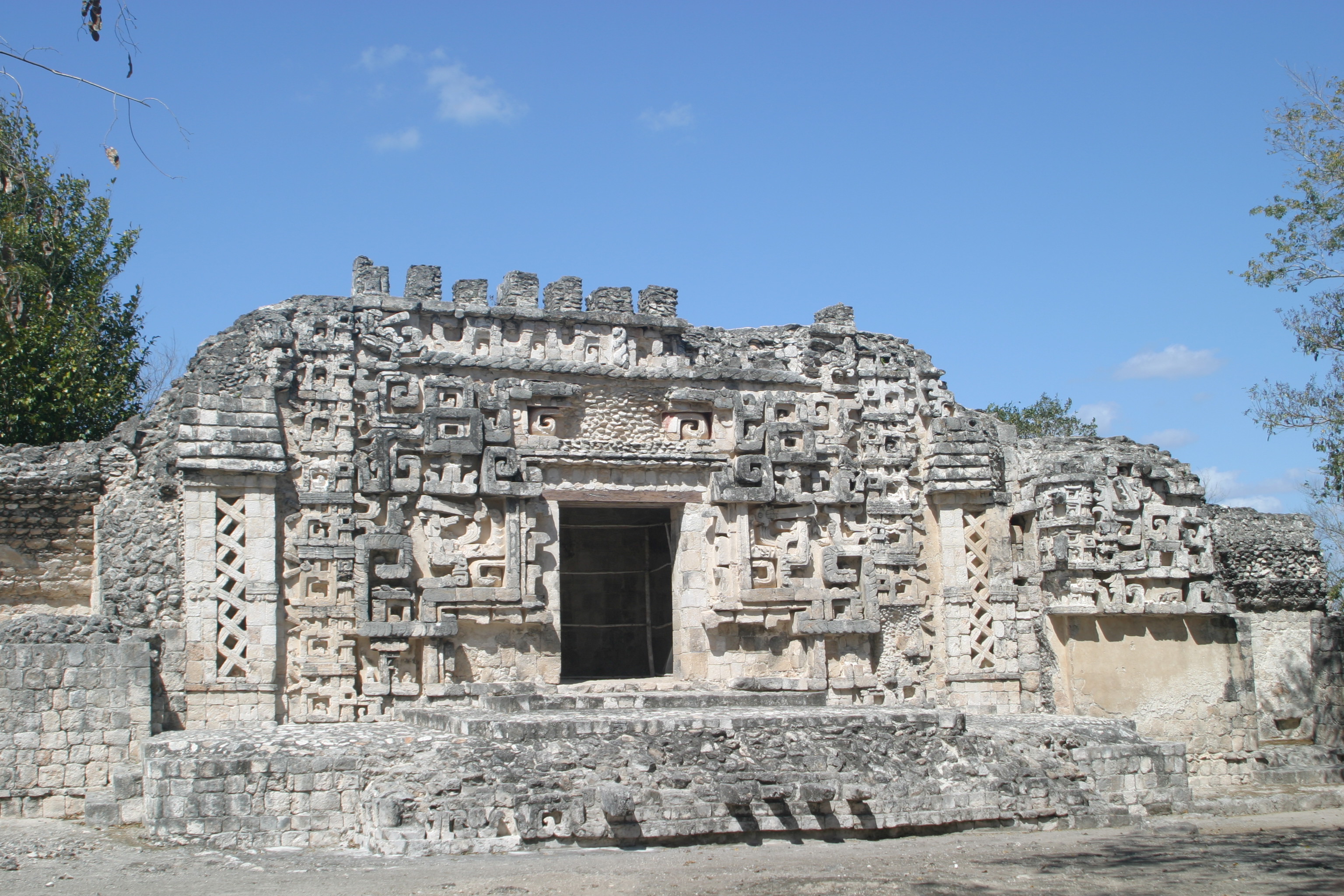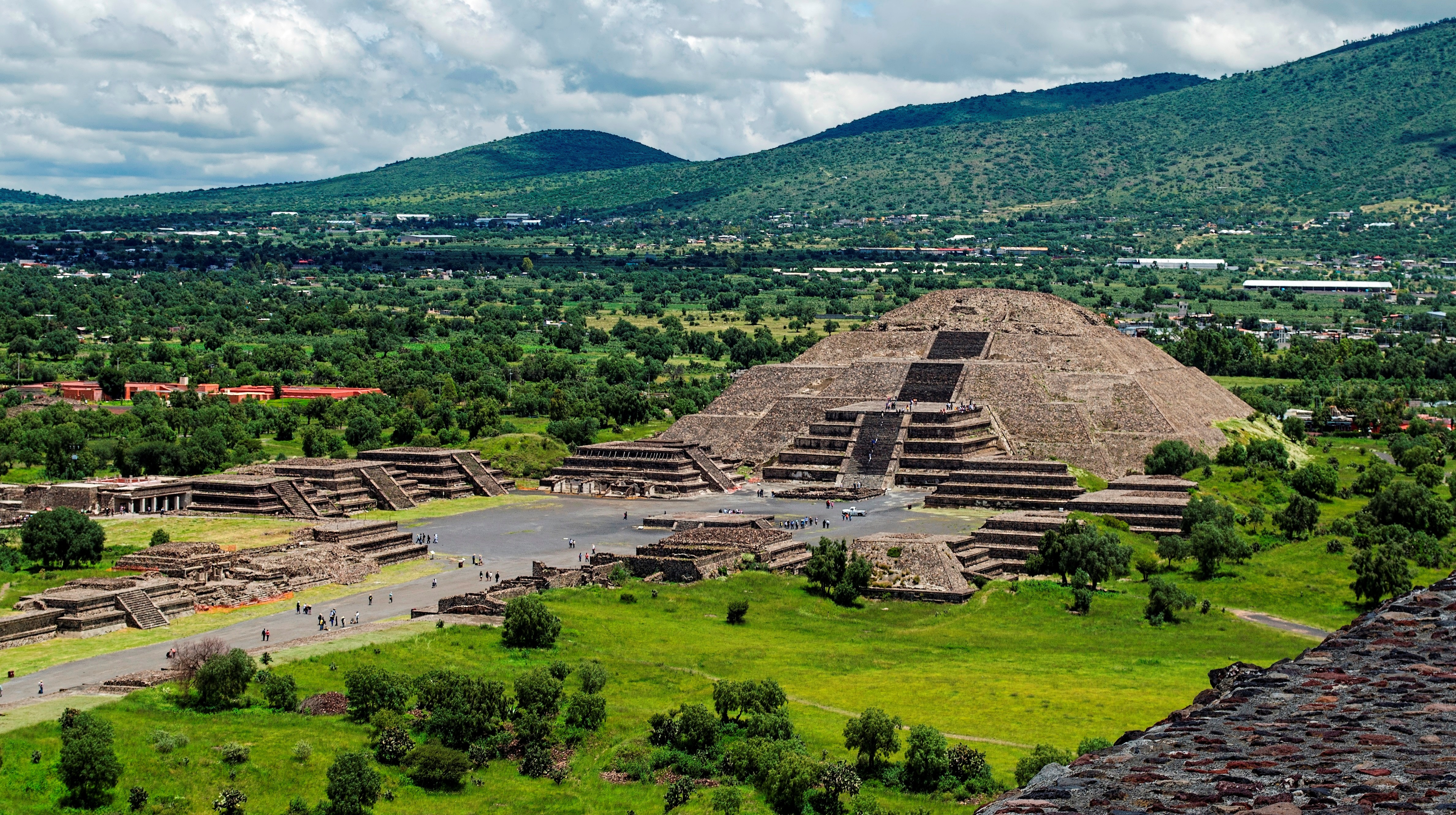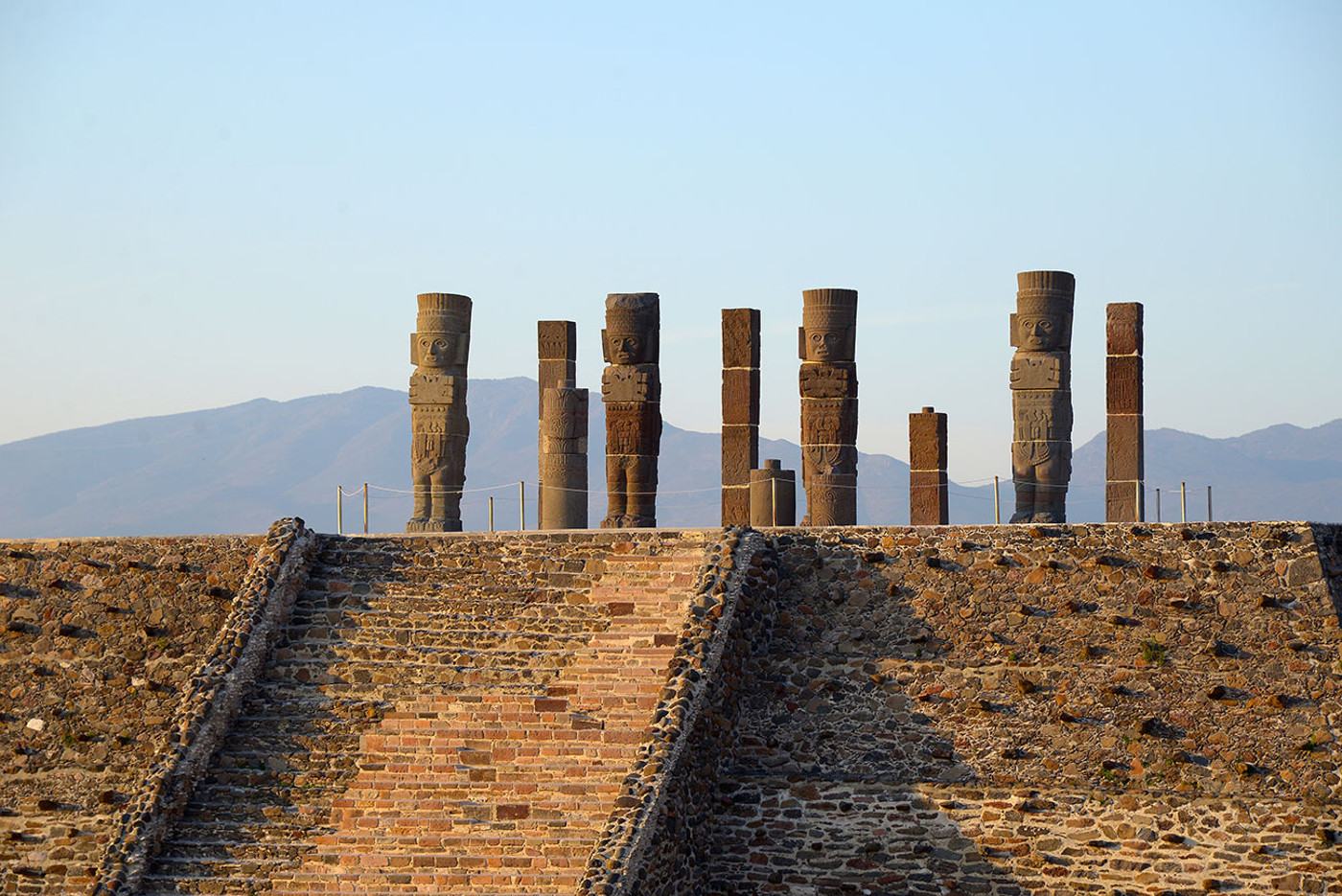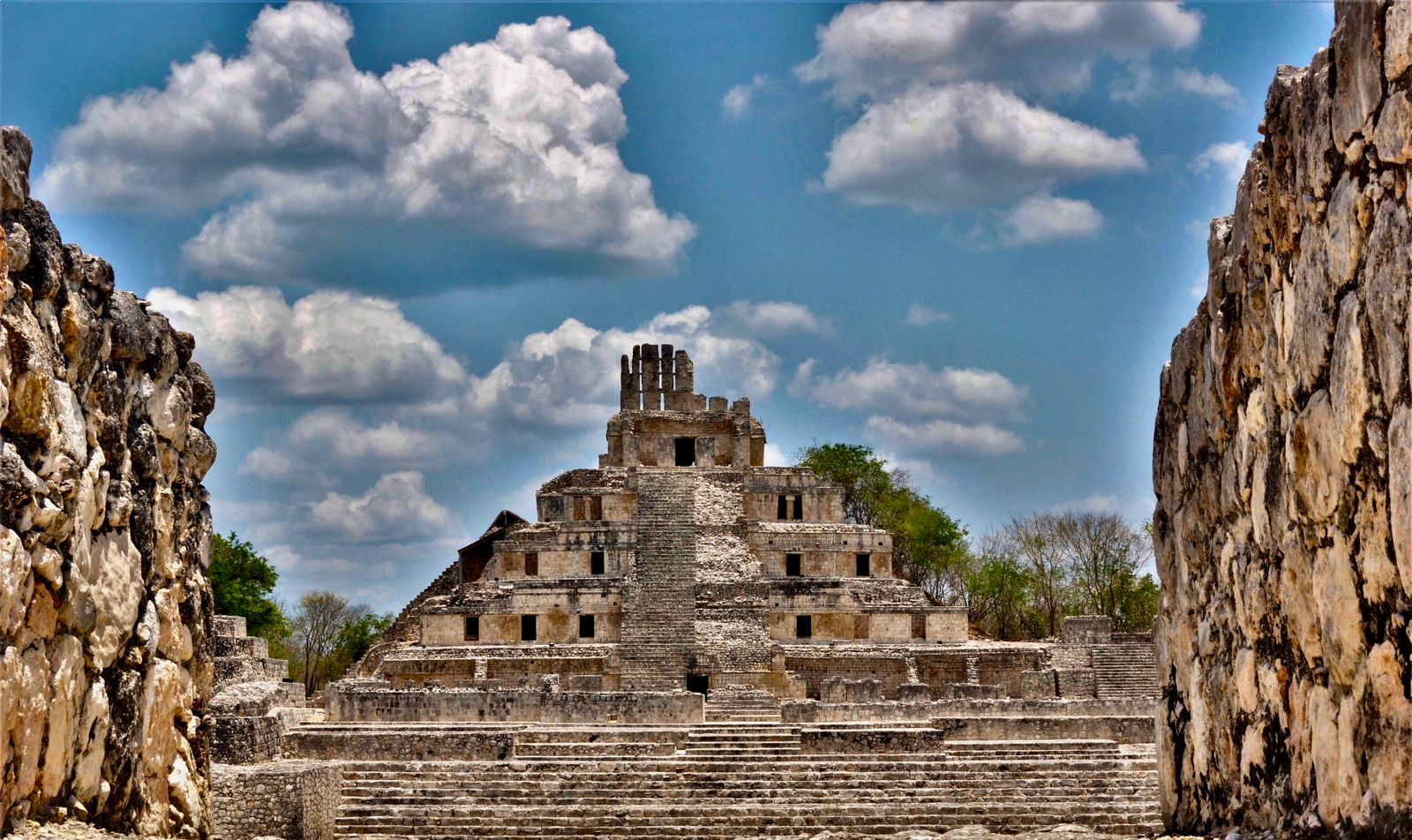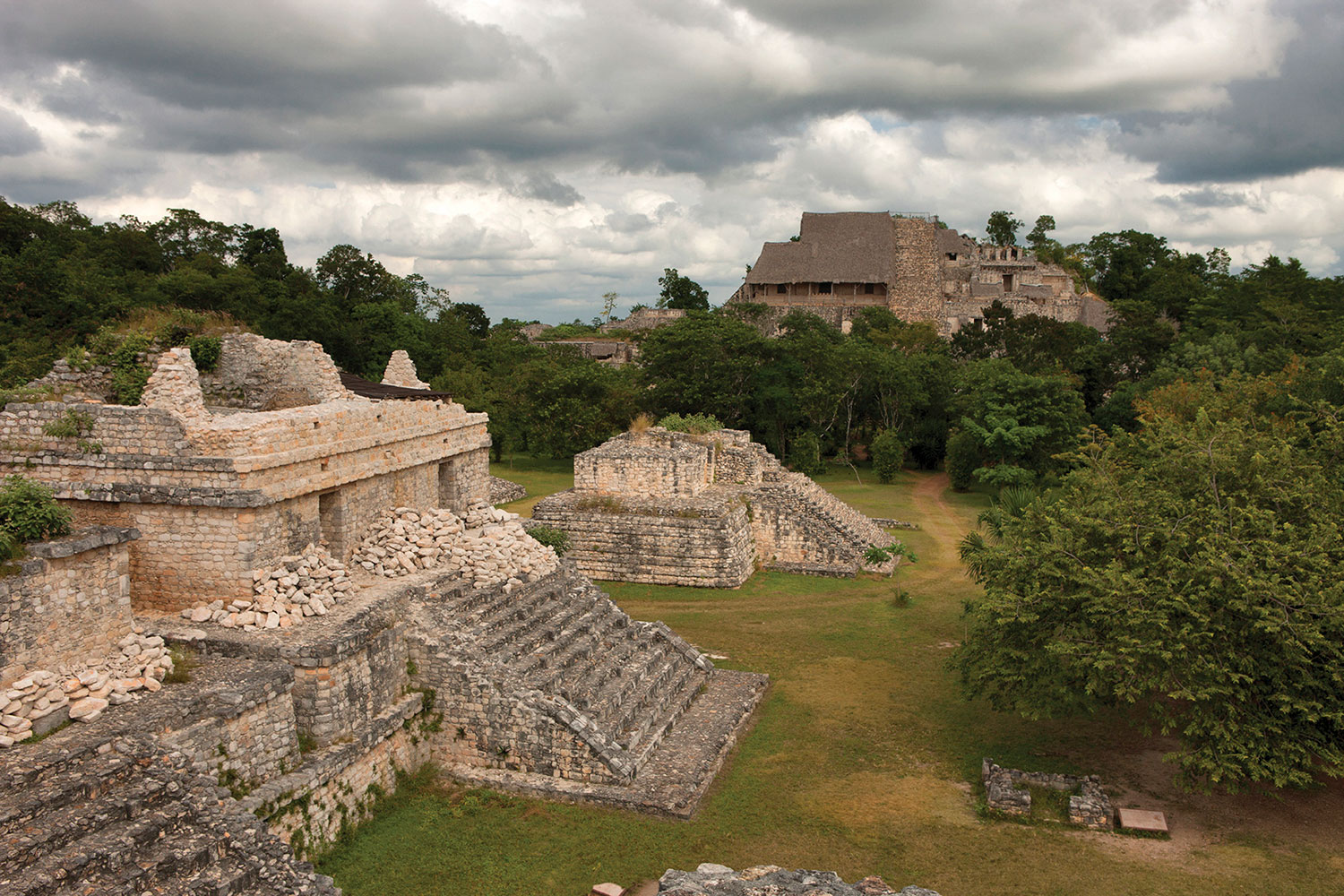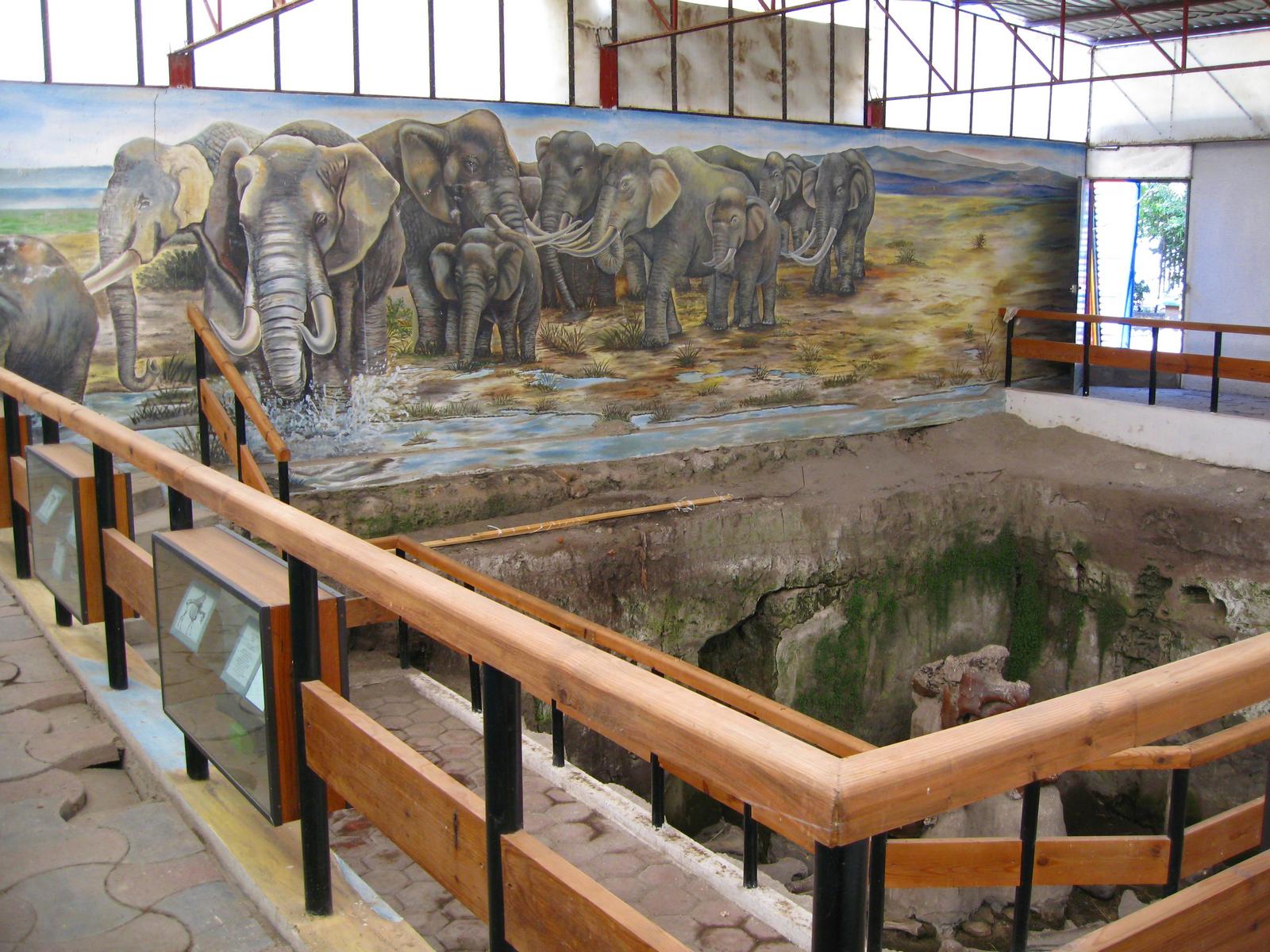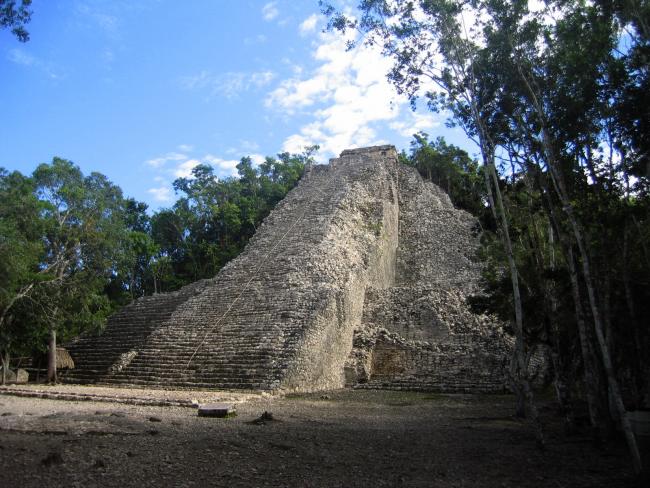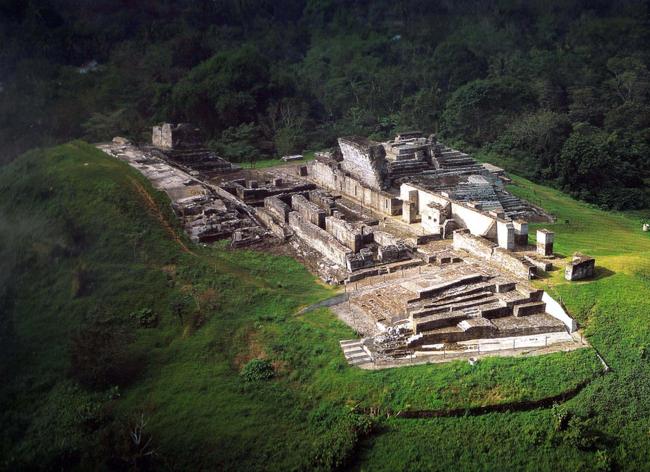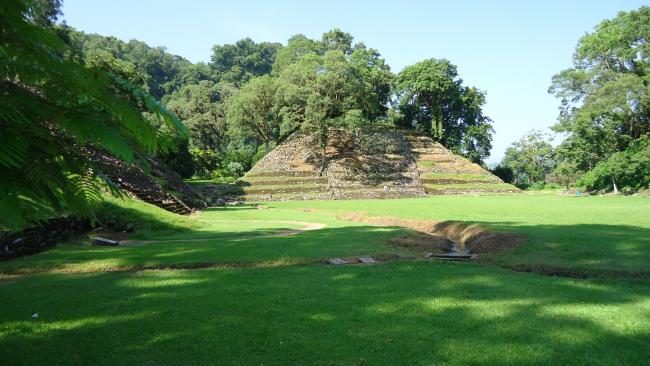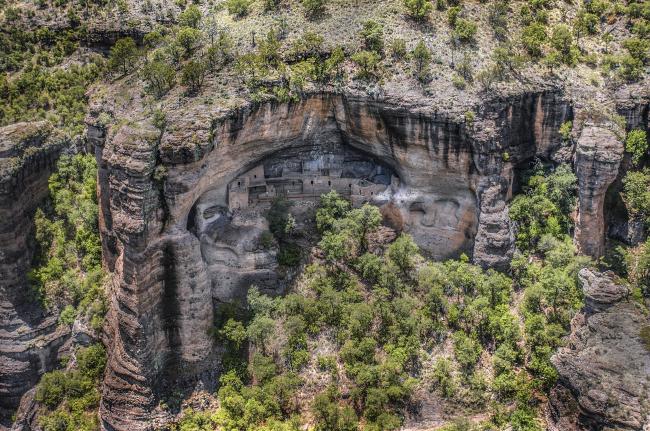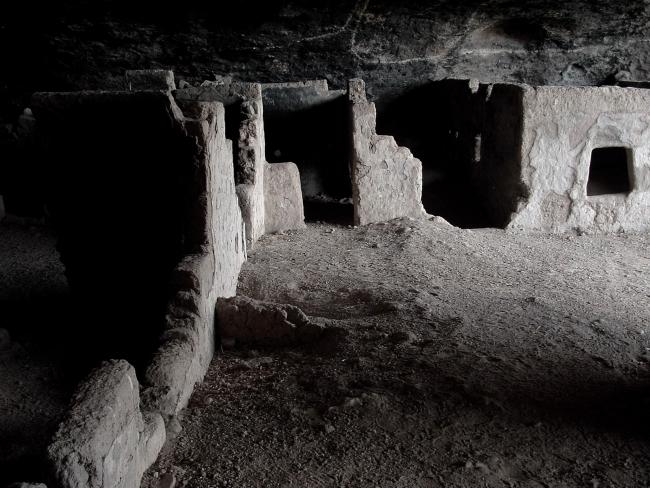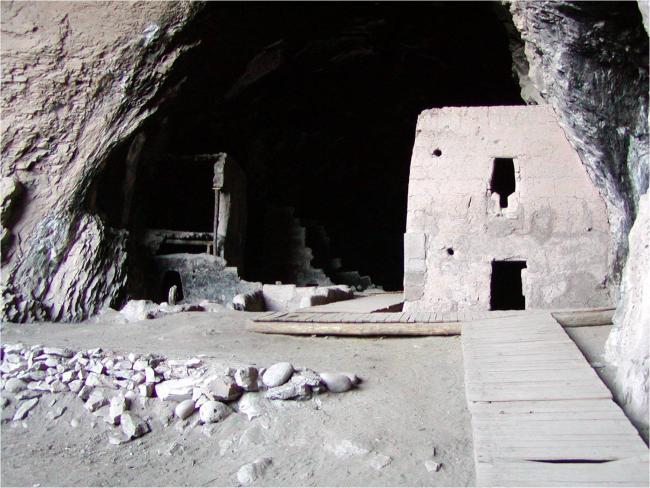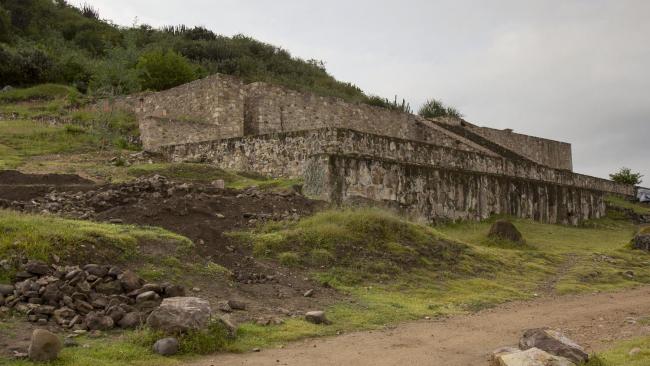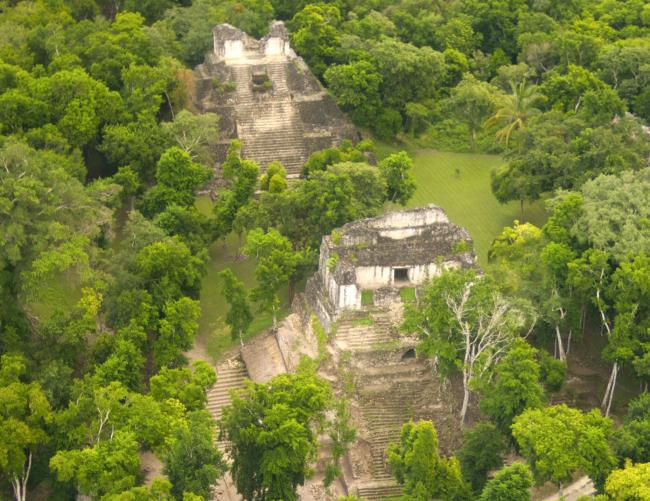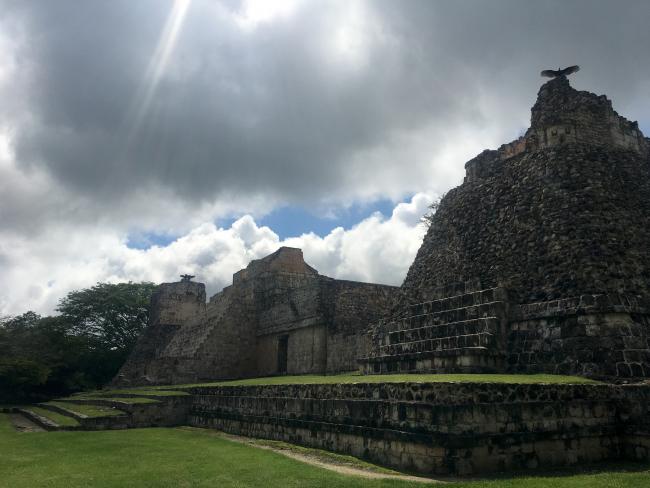
Zonas Arqueológicas
Cobá
Important ancient Maya city in an area of lakes, from here the great sacbe’ob (long roads) were built, which helped it survive over many others until it was defeated by Chichen Itza. The round observatory, the great Pyramid of Nohoch Mul and the stunning inscriptions make it unique.
Comalcalco
This port city was the most western settlement of the Mayan culture and was occupied for a little over 1000 years. Its earthen architecture is distinguished by its brick cladding and mortar using lime from oyster shells.
Cuajilote
A Totonac city with a 3,000 year history in a very damp location, where the buildings are very tall and the plazas and ballcourts are wide. The are indications of a cult to Tezcatlipoca, the smoky black mirror. It was a great exporter of colorful bird feathers.
Cuarenta Casas
This site in Arid-America, where the original farmers constructed their city in the caves, eight centuries ago. The steps, adobe walls, roofs made of woven palm, stylized figures of animals, pinewood beams, everything is beautifully integrated into the landscape.
Cueva de la Olla
Impressive remains of habitation in the zone which date back to 5500 years BC, the oldest in Arid America and all of Mexico. Remarkable for the enormous communal granary in the shape of a cooking vessel, marvellously preserved, with a structure of twisted dry leaves covered in clay.
Cueva Grande
Eight centuries old, one of the largest sites of gatherers and the first settled farmers in Arid America. Among the many constructions in the shelter of the cave, it preserves the remains of a watchtower, so the inhabitants could keep a lookout and be in communication with the important enclave…
Cuicuilco
The Xitle volcano of the Ajusco range erupted in about 250 AD, spewing out lava that covered up much of the Valley of Mexico’s first major city, one which had existed for a thousand years with its unique truncated cone pyramids. Today we can still marvel at what remains.
Cuyuxquihui
A Totonac city founded 800 years ago, its emergence coincides with the fall of El Tajín. Giving the impression of a fortified site, it was important in the region until it was conquered by Moctezuma Ilhuicamina around 1465. Its pyramid beside a cliff and its great ballcourt are models of…
Dainzú
Contemporary with Monte Alban, it is remarkable for the adaptation of the buildings to the terrain, which appear to lean against the hillside. There are also magnificent reliefs depicting ball players.
Dzibanché
The site is surprisingly extensive at more than 15 square miles. The beauty of its enormous constructions and the natural surroundings of the site add interest to the four groups that make up this complex: Dzibanche or the Main Group, the Central Complex or Lamay Group, Tutil and Kinichna.
Dzibilchaltún
The Temple of the Seven Dolls attracts hundreds of visitors at the spring and fall equinoxes, when the sun shines through the building and illuminates the doorway. There are numerous admirable stelae, beautifully carved, and an open cenote (underground pool) with crystal clear waters.
Dzibilnocac
The legacy of the past grandeur of this site is an expansive plaza and splendid buildings, some decorated with carved masks. Remains of paintings have also been found, showing hieroglyphs and gods of the Maya pantheon.

